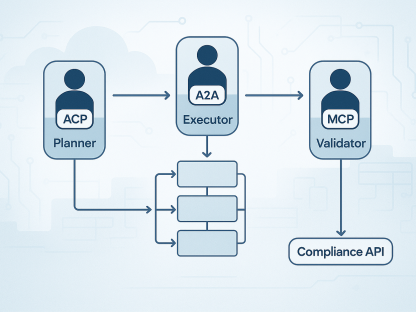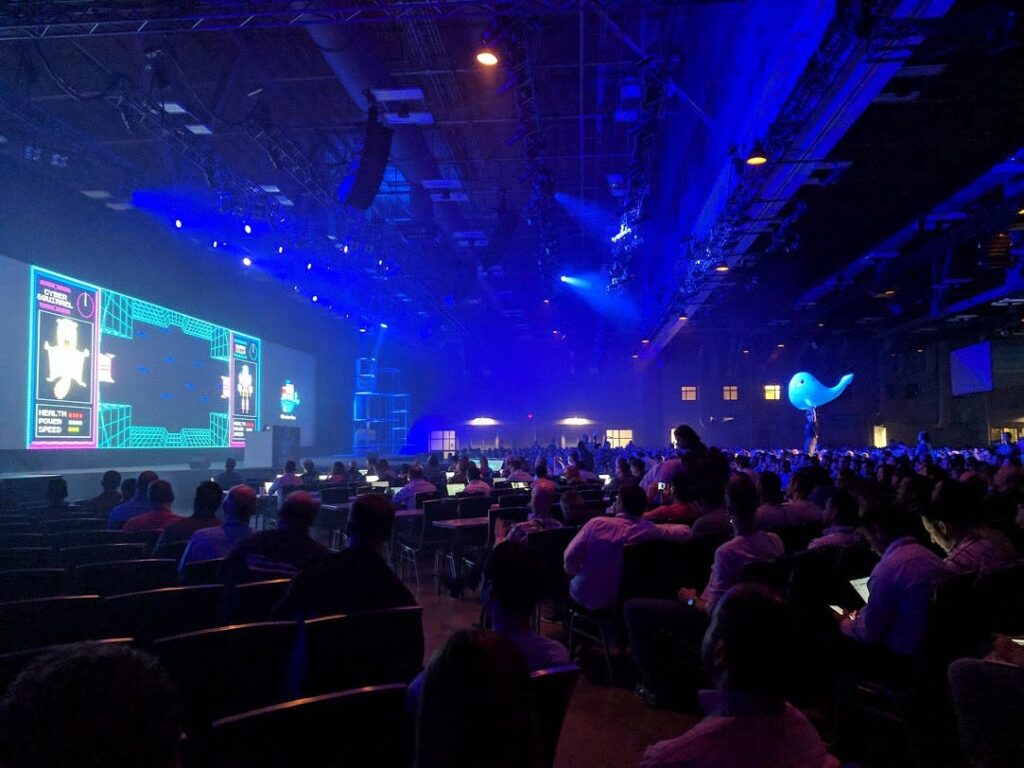TL;DR
Gen-AI spend is racing toward $644 B by 2025, VentureBeat, but mid-size SaaS teams are already burning $ 5k–$ 15k a month just on LLM API calls.
Average breach cost hit $4.88 M last year (Table.Briefings); prompt-injection incidents are now public.
MCP (Model Context Protocol) makes wiring agents to tools trivial, and doubles the microservices you must patch.
Current frameworks (the “Crews,” “Chains,” and friends) help you create agents but offer zero day-two guardrails—ask anyone who’s tried to run them at scale (GitHub / Helicone.ai).
A Kubernetes-grade control plane is missing. That’s why we’re building Raia—but this post stays product-light and problem-heavy.


Déjà Vu with More Zeros
Picture a dev conference in 2014. A speaker spins up a container live on stage— eighty milliseconds later, the entire room is cheering. That moment kicked off a honeymoon period: containers shaved 30-plus percent off build times, let us cram five apps onto one VM, and made “works on my machine” a meme of the past.
Fast-forward a couple of years
Every team was containerizing everything, and the shine wore off fast:
- Servers are drowning in containers. One finance firm I worked with had a sixty-core box running 180 containers—until a rogue log-rotate process filled the disk and killed trading in the middle of the day.
- Registry roulette. A well-known fintech woke up to a full-scale outage when its single-node Docker registry crashed. Every deployment pipeline stalled; engineers literally copied images onto USB drives to get prod back up.
- Pokémon GO’s launch. Niantic planned for five times their expected load and still faced a setback. Google scrambled, spun up what became the largest Kubernetes cluster running at that time, and kept the game alive.
Costs ballooned:
A 2017 survey showed that nearly a third of container adopters were already spending more than $ 500,000 per year on licenses and infrastructure, but downtime still increased.
Build-and-ship velocity was off the charts, yet the operational load was crushing. Kubernetes finally emerged as the control plane, tamed the chaos, and cut deployment lead time from days to minutes for most teams.

Lesson learned: raw speed without orchestration turns into operational debt—fast. Foreshadow: AI agents are repeating the story, only with invoices that auto-debit your cloud account and security fines that appear on next quarter’s earnings call.

The Problem – Show Me the Money (Leaving)

A 200-developer company can vaporize $250k–$600k per year on unguided agents before paying the first compliance penalty.
Why MCP Helps and Hurts—And Why Today’s “Agent Frameworks” Won’t Save You
3.1 What MCP Is
The Model Context Protocol is a lightweight JSON-RPC spec that lets an agent discover and invoke any “tool” an MCP server exposes—think USB-C for LLMs. Anthropic announced it in March 2025; Microsoft’s already baking it into Windows and Copilot Studio. One endpoint, endless capabilities.
3.2 Why MCP Feels Like Magic
Wire a calendar, CRM, or git repo into your agent in an afternoon.
When the SaaS adds a new action, the server advertises it automatically—no SDK bump needed.
3.3 Why That Magic Backfires
Micro-service inflation. Every “quick” MCP server is another container to patch and monitor. Even Microsoft’s own docs say you’ll need a registry and approval workflow.
Security blast radius. Each server carries its own tokens; one mis-scoped secret can leak regulated data and ring up millions in fines.
Cost fog. Agents calling other agents through a daisy-chain of MCP servers make it nearly impossible to trace where dollars leak.
3.4 Where Current Toolkits Stall

Browse Hacker News or GitHub and you’ll find war stories: agents deadlocking, losing state mid-conversation, or requiring full restarts to pick up new environment variables. These frameworks are brilliant for creating agents, but they treat observability, versioned roll-outs, and policy enforcement as afterthoughts.
The Way Out – A Control Plane, Not More Glue
Containers got Kubernetes; agents need equivalent building blocks:
- Declarative specs – That defines what an agent can do; the control plane enforces how.
- Policy engine – RBAC, data scopes, and SOC-2 templates as first-class citizens.
- Cost & latency telemetry – tokens, dollars, p95 latency on one graph.
- Progressive roll-outs – blue/green prompts, auto-rollback on regressions.
- Marketplace – share agent graphs like Helm charts, minus the copy-paste debt.
Kubernetes cut container downtime by more than 80 percent; agents will follow the same curve—only faster, because budgets are already on fire.
Call to Action
Agent costs have already hit the P&L; regulators are next. You can duct-tape another script or pick up the playbook that saved containers.
We’re onboarding design partners now.
No glossy slides—just shared tmux sessions and your ugliest agent diagram. Let’s tame it together.
Next post: how a control plane turns reactive “token shock” into predictive budget caps and SLA-aware autoscaling.
Got a horror story? Send us a message — best tale gets anonymized and a coffee on us.

